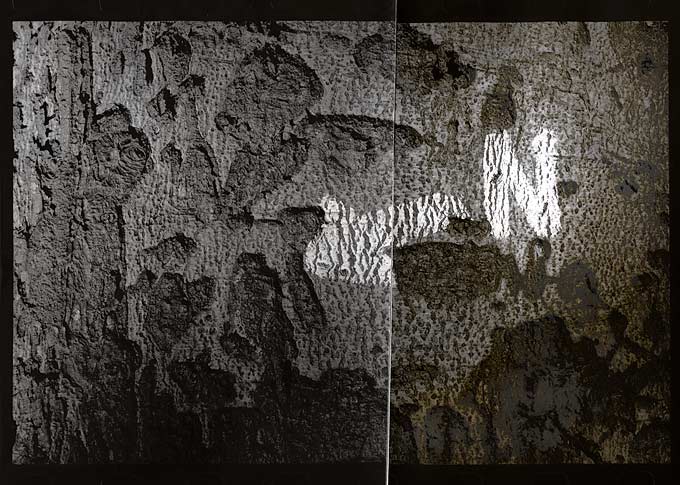Description
Wetting agent with image silver stabiliser
Under the influence of light and air pollutants, picture silver can oxidise. The resulting silver salts can decompose by photolysis. This results in yellowish to brownish discolouration, initially only in the lighter tonal value areas, later on even in the deep shadows. In the presence of small amounts of hydrogen sulphide in the room air, yellow-brown silver sulphide is formed.
Under unfavourable conditions, such phenomena can occur after years or decades, even after the most careful processing. This can only be completely prevented by gold, sulphur or carbon toning.
The professional processing of SW papers forms the basis for high stability. Additional post-treatment with Stabilisatror provides effective long-term protection.
In principle, baryt prints are much more stable than PE prints and are therefore more suitable for presentation and archiving. The oxidised, diffusible silver can migrate into the paper felt in the baryta paper, so possible discolourations remain invisible on the image surface for a long time. In PE print, the plastic coating under the emulsion prevents the silver particles from penetrating. The probability of a visible change increases. The decay of the picture silver is favoured by high temperature, high humidity and direct sunlight, especially in the "microclimate" of a closed frame. Frame backings made of fibreboard are conceivably unsuitable for the durability of silver prints. After renovation work with paints containing solvents, or furniture restoration with formaldehyde, immediate hanging of silver prints should be avoided at all costs!
Long-term protection without toning
Treatment with Lobostab causes the silver salt that may have formed through oxidation to precipitate as a colourless, insoluble silver compound. This newly formed, siver salt compound is insensitive to light, very stable and envelops the silver grain like a protective mantle. A high degree of archival stability is achieved, which almost corresponds to the degree of preservation of sulphur or carbon toning and far exceeds that of selenium toning.
500ml
Dilution for working solution 1+19
Capacity: approx. 400 films or 20m² paper
Treatment time: one minute
After the final bath with Labostab, films should be dried without warm air. The final bath must be allowed to run off without dripping before drying in the air stream. When air-drying prints, care must also be taken to ensure that no drops remain on the surface of the image. Excess final bath should be removed by squeezing or wiping off before drying in a horizontal position.





